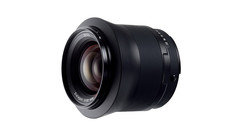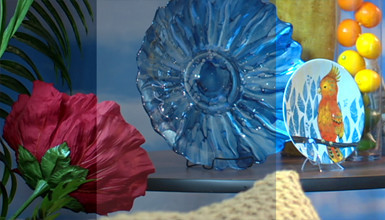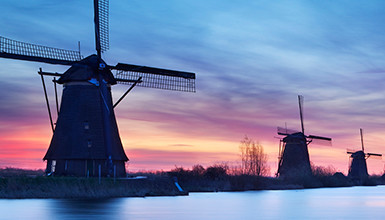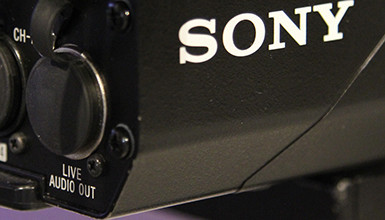Technology has come quite a long way in 36 years. Now standard production tools can allow any filmmaker to capture similar imagery. The Sony PMW-F3 has a native sensitivity of 800 ISO. If you were to shoot with a T1.3 lens, the sensitivity would almost be the same as what Kubrick had to struggle to achieve. But the F3 has a remarkably quiet sensor, with such a low noise floor that it can be gained up in camera several stops with only minor increase in noise. At +18db of gain, the camera's sensitivity is now the equivalent of 6400 ISO. In the video, I shot using one of the stock lenses that Sony offers as a package with the F3, in this case a 35mm T2.0. At 6400 ISO and T2.0, a keylight of just 0.78 footcandles is all that is required to fully expose the image. (Note, this is all at 24p and a 180 degree shutter; you could even turn off the shutter to gain another stop of sensitivity -- less than half a footcandle required!)
For this video, I did not use any of the camera's special Picture Profiles or Cine Gamma modes to extend the range into the shadows. Those would have likely improved the image some and effectively raised sensitivity. The S-Log capability option, although not used here, will soon be made available for the F3 and will allow you to utilize the full dynamic range capabilities of the camera. What is seen here is simply standard REC709 video recorded directly to the SxS cards in the camera in the plain vanilla XDCAM EX 35mb codec.
You might not need to shoot like Stanley Kubrick, but it's nice to know you can.














